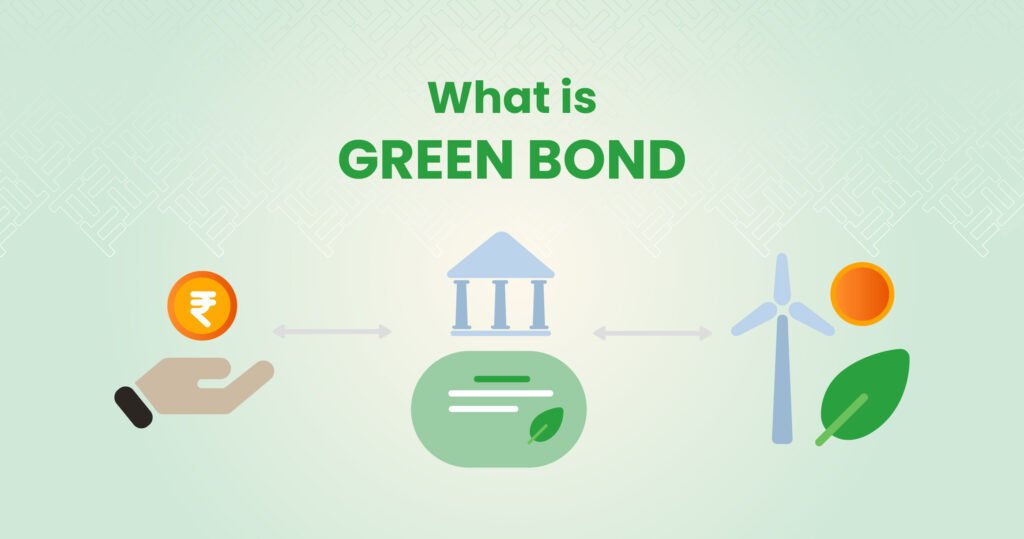Table of Contents
Introduction
As our world seeks innovative solutions to counter environmental challenges, green bonds emerge as a beacon of hope. These bonds are tailored to fund eco-friendly projects like clean energy ventures and sustainable transportation systems. India, with its dynamic vision for ecological responsibility, is swiftly making strides in this arena.
India’s Tryst with Green Bonds
India forayed into the green bond landscape in 2015 when YES Bank unveiled its pioneering green bond issuance. The journey since has seen a remarkable uptick, positioning India amongst the leading green bond markets globally by 2020, as cited by the Climate Bonds Initiative.
A significant driving force behind this surge is India’s dedication to eco-conscious targets. The nation’s commitment under the Paris Agreement underscores a robust resolve: enhancing its renewable energy capacity manifold and curtailing its carbon emissions by up to 35% come 2030. Green bonds, therefore, stand as an invaluable tool to amass the capital for these ambitions.
Indian Sectors Reaping the Rewards of Green Bonds
- Renewable Energy: As India ambitiously eyes 175 GW of renewable capacity by 2022, capital influx is imperative. Green bonds have become instrumental in funneling investments into ventures like solar and wind energy.
- Sustainable Transportation: Accelerated urban growth necessitates eco-friendly transit systems. Funds from green bonds have been pivotal in spearheading projects like metro rail networks and electric vehicle infrastructures.
- Water Management: Addressing water scarcity and management is paramount for India. Green bond funds are channeled to foster efficient water consumption, waste processing, and pollution mitigation.
Guidelines and Protocols in Place
SEBI’s 2017 decree on Green Bond Guidelines fortified the foundation for green bonds in India, ensuring clarity and accountability. Adhering to these stipulations, Indian issuers guarantee that the investments are funneled into genuine eco-initiatives. To instill confidence in international investors, many Indian entities also align with globally acknowledged standards, particularly the Green Bond Principles of ICMA.
Encountering Challenges
The pathway for green bonds, though laden with potential, faces some roadblocks:
- Potential Greenwashing: The risk of projects donning a ‘green’ tag more for optics than genuine ecological impact remains a concern.
- Inherent Costs: Continuous reporting and external reviews, while crucial, can be financially taxing for issuers.
- Market Evolution: Despite its growth trajectory, India’s green bond market is still budding. There’s ample scope for investor sensitization and introducing diverse financial mechanisms.
Mapping the Road Ahead
- Robust Regulatory Mechanisms: Strengthening regulatory practices can instill investor faith and deter greenwashing attempts.
- Amplifying Investor Outreach: Enlightening potential investors about the multifaceted advantages of green bonds can catalyze market expansion.
- Nurturing a Secondary Market: Cultivating a vibrant secondary market can augment green bond appeal amongst prospective stakeholders.
Final Thoughts
“Green Bonds in India” isn’t just a financial trend; it’s emblematic of a nation’s pledge towards harmonizing development with nature. The robust trajectory of green bonds not only solidifies India’s commitment to eco-friendly pursuits but also serves as an exemplar for other emerging markets. As India continues to embrace green bonds, it not only charts a sustainable course for its own future but also inspires global ecological endeavors
[sibwp_form id=2]












Good read